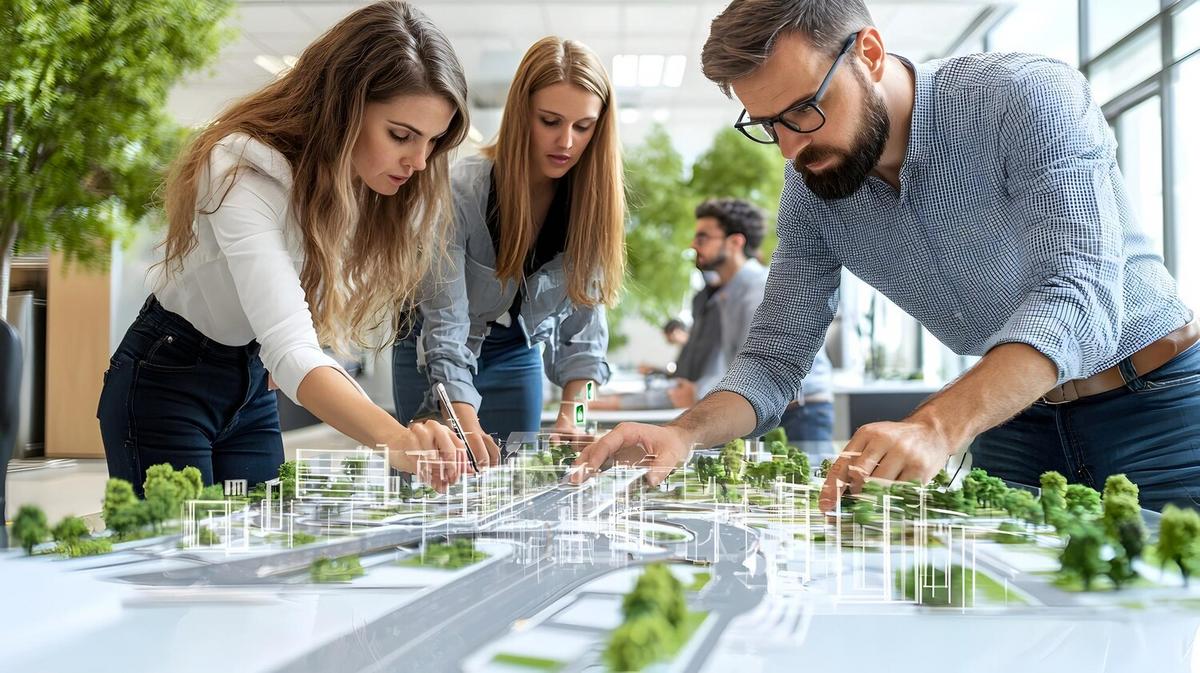
Green Architecture: Innovations in Eco-Friendly Building Design
Green architecture, an integral aspect of sustainable urban development, is transforming the way we design and construct buildings. By prioritizing eco-friendly practices and innovative technologies, this approach not only minimizes environmental impact but also enhances the quality of urban living.
Green architecture is more than just a trend; it is a necessary evolution in building design that addresses environmental challenges. With urban areas expanding rapidly, sustainable construction techniques are becoming crucial to reduce carbon footprints and conserve resources.
Innovations in Eco-Friendly Building Design
The essence of green architecture lies in its innovative use of materials and technologies. A report by the World Green Building Council highlights that buildings are responsible for 39% of global carbon emissions. By integrating renewable energy sources, such as solar panels and wind turbines, architects are significantly reducing these emissions.
Expert Insights
According to architect and sustainability expert Dr. Lisa Norton, “Incorporating green roofs and walls not only improves air quality but also helps in regulating building temperatures.” These features, along with advanced insulation materials, contribute to energy efficiency and lower utility costs.
Statistics and Research Findings
Research from the International Energy Agency indicates that energy-efficient buildings could save up to 50% of current energy consumption levels. With such significant potential savings, the adoption of green architecture is both an economic and environmental imperative.
Real-Life Examples
Consider the Bullitt Center in Seattle, often dubbed the greenest commercial building in the world. It is designed to produce more energy than it consumes, thanks to its extensive solar array and rainwater collection system. This building serves as a shining example of what green architecture can achieve.
Actionable Tips for Adopting Green Architecture
- Implement energy-efficient lighting and appliances to reduce electricity use.
- Use recycled or sustainable building materials whenever possible.
- Incorporate natural ventilation systems to decrease reliance on air conditioning.
Consider integrating smart home technology to monitor and optimize energy consumption efficiently.
Comparison of Traditional vs. Green Building Materials
| Material Type | Traditional Materials | Green Materials |
|---|---|---|
| Insulation | Fiberglass | Sheep Wool |
| Flooring | Hardwood | Bamboo |
| Paint | Oil-based | Low VOC Paint |
| Roofing | Asphalt Shingles | Green Roofs |
| Walls | Concrete | Recycled Steel |
| Windows | Single Pane | Triple Glazed |
| Water Systems | Conventional Plumbing | Rainwater Harvesting |
| Heating | Gas Furnace | Geothermal Heating |
Frequently Asked Questions
What is green architecture?
Green architecture is a sustainable building approach that incorporates eco-friendly practices to minimize environmental impact.
Why is green architecture important?
It is crucial for reducing carbon emissions, conserving resources, and creating healthier living environments.
How can I make my home more eco-friendly?
Start by using energy-efficient appliances, installing solar panels, and opting for sustainable building materials.
Conclusion
Incorporating green architecture into urban development is not only beneficial for the environment but also enhances the quality of life. By embracing these eco-friendly innovations, we can pave the way for a sustainable future. For more information on sustainable urban development, explore our detailed guides and resources.


